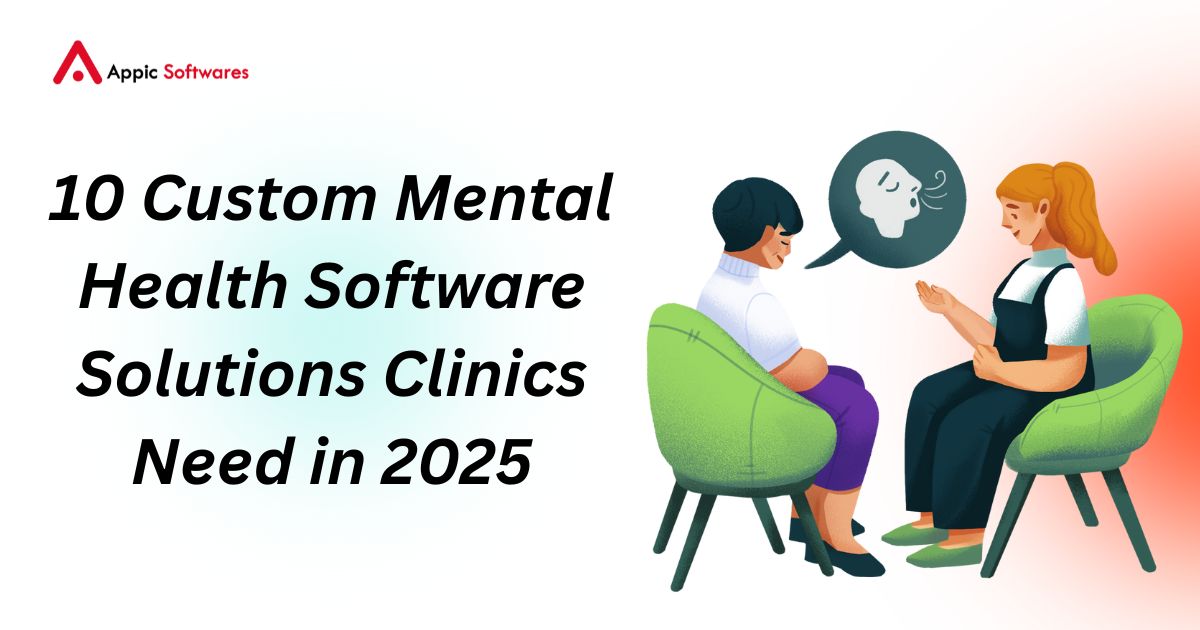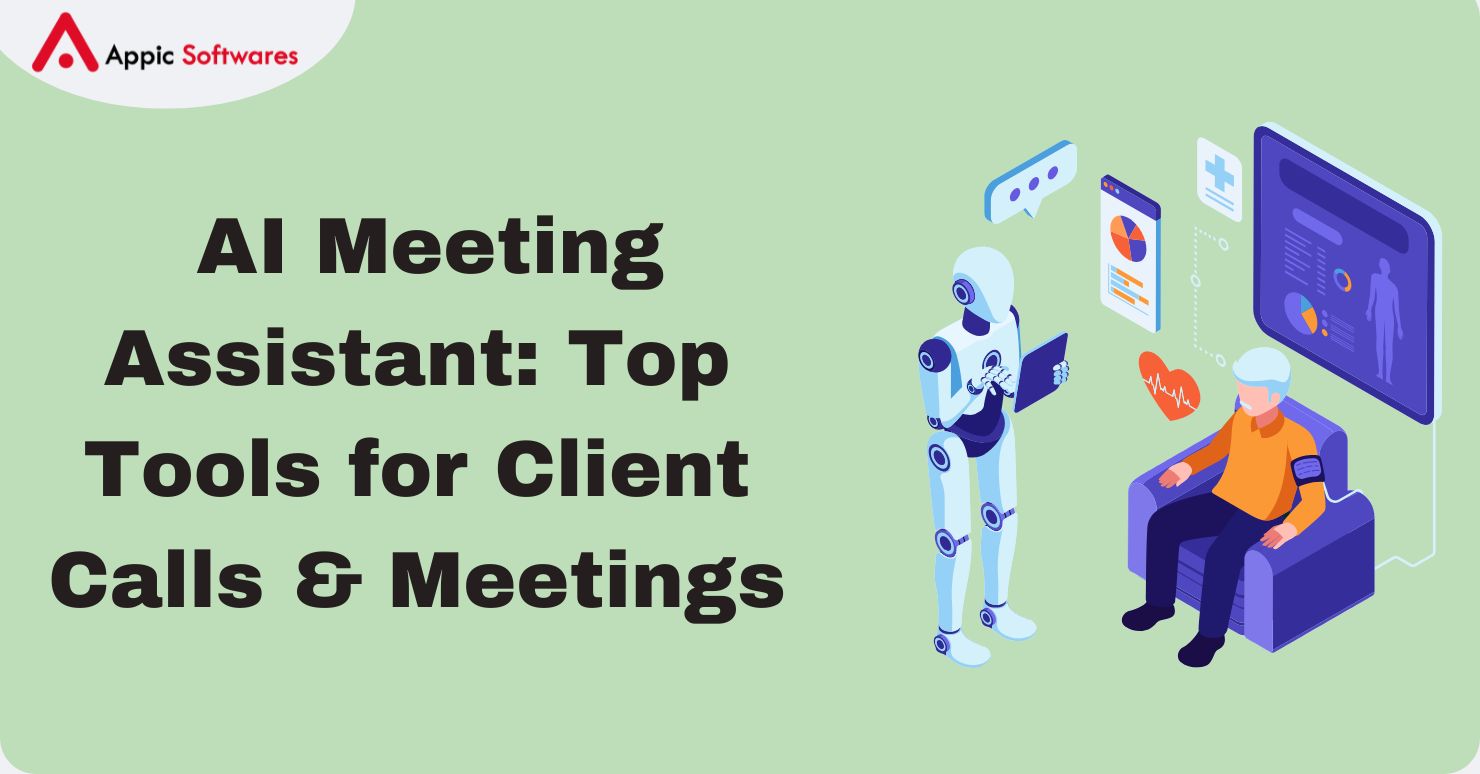
The healthcare industry generates a significant amount of data daily, including doctor’s notes, lab findings, medical imaging, and prescriptions. Despite the immense value of this data, it remains largely unstructured and underutilized. That’s where AWS HealthLake comes in.
Amazon HealthLake, also known as AWS HealthLake, is a service that was designed particularly for enterprises in the healthcare and life sciences fields. It enables you to safely save, organize, and look at health data in a standard manner. This technology is meant to make healthcare smarter by using data to get deeper insights, no matter what you call it: Amazon HealthLake or HealthLake Amazon.
According to IDC, over 80% of healthcare data is unstructured, making it difficult to analyze without advanced tools like HealthLake. AWS HealthLake makes it easier for healthcare providers, insurers, and academics to make choices by changing both structured and unstructured data into a format that machines can understand and search. We’ll speak about how HealthLake analytics is altering healthcare in this article. We’ll also give some examples of how it may be used and what benefits it can bring.
What Is AWS HealthLake?

A Smart Cloud-Based Health Data Platform
Healthcare organizations can use AWS HealthLake, a HIPAA-eligible cloud service, to ingest, store, transform, and analyze health data. It can handle unstructured data (like clinical notes or medical transcripts) as well as structured data (like
prescription drugs, test results, or diagnoses).
All ingested data is automatically converted by the platform into the internationally recognized FHIR (Fast Healthcare Interoperability Resources) format. This facilitates information sharing and analysis across various systems. This makes HealthLake a cornerstone for any organization planning to integrate AI in healthcare or engage in healthcare software development.
Built-in Intelligence with Machine Learning
One of the best features of Amazon HealthLake is the use of natural language processing and machine learning. These tools identify and extract key medical terms, such as drugs, ailments, symptoms, and treatments, from unstructured clinical notes. Advanced HealthLake analytics are made possible by this, enabling businesses to search and obtain information fast and precisely.
Use Cases of AWS HealthLake in Healthcare

1. Creating Unified Patient Records
Hospitals, clinics, labs, and imaging centers often keep healthcare data in separate places. Because of this, doctors don’t always have all the information they need about a patient’s past.
AWS HealthLake lets businesses combine data from different sources and make it all the same using the FHIR format. This helps make one record for all patients. This record is available to doctors and care teams, who can use it to make better decisions about treatment.
Amazon HealthLake makes it easy to combine data from EHR systems, pharmacies, and diagnostic labs so that providers can always get accurate information. This helps keep patients from having to take the same tests twice, makes diagnoses more accurate, and improves patient outcomes. If you’re considering a digital transformation, it’s wise to hire healthcare developers who are proficient in working with HealthLake and similar platforms.
2. Accelerating Clinical Research and Trials
Clinical researchers often spend months preparing data before they can begin analysis. Most of this time is spent cleaning, structuring, and organizing unstructured clinical records.
With HealthLake analytics, researchers can automate the data transformation process. Unstructured data from patient records is converted into structured, searchable formats. This allows research teams to quickly identify potential trial participants, filter data by demographics or medical conditions, and monitor ongoing results.
HealthLake Amazon supports continuous data updates, meaning researchers can track long-term patient progress during clinical trials and make real-time adjustments to study protocols.
3. Enabling Predictive Healthcare and Preventive Care
One of the most impactful uses of AWS HealthLake is in predictive analytics. By analyzing historical data, healthcare providers can predict future health outcomes and intervene early.
For example, if a patient’s data shows rising cholesterol levels, increasing blood pressure, and a family history of heart disease, a predictive model can flag them as high-risk. Providers can then take preventive actions like lifestyle recommendations or early medication.
HealthLake analytics helps identify patterns across patient populations. Hospitals can forecast disease trends and prepare for future demand, which helps improve care delivery while reducing costs. This is part of a broader strategy to integrate AI/ML into business operations, especially in healthcare.
4. Supporting Population Health and Public Health Management
Government agencies and public health organizations often need to look at health trends in large groups of people. In times of crisis, like pandemics or disease outbreaks, they need to act quickly.
Amazon HealthLake lets public health organizations bring together data from hospitals, testing labs, and clinics in different areas. You can use this information to see how diseases are spreading, find people who are at risk, and see how well public health measures are working.
HealthLake analytics lets you keep an eye on chronic diseases, vaccination rates, or the availability of hospital resources on a large scale. This helps governments deal with problems in the healthcare system more quickly.
5. Improving Claims Processing and Revenue Management
Medical billing and claims processing can be slow and error-prone. Insurers often have to go through multiple records to verify claims, which delays reimbursements.
AWS HealthLake improves the accuracy and speed of claims processing by organizing patient data into a structured format. Insurers can use HealthLake Amazon to validate diagnosis codes, treatments, and eligibility faster.
By applying HealthLake analytics, insurers can also detect patterns of fraud or overbilling. This not only saves money but also builds trust between payers and providers. This brings much-needed efficiency to healthcare revenue cycles and could be a key driver for organizations also managing ecommerce project management or other complex workflows.
Key Benefits of AWS HealthLake
Data Interoperability at Scale
Healthcare systems are often not connected, and each one uses its own software and data format. AWS
HealthLake fixes this by using the FHIR standard, which makes it easy to share and understand data on different platforms.
This makes it easier for pharmacies, labs, hospitals, and clinics to talk to each other. Amazon HealthLake makes it easy to share data, whether you’re in a small clinic in the country or a big hospital in a city. If you’re planning to develop a fintech app or a healthcare platform, this interoperability model is equally critical.
Real-Time Insights with HealthLake Analytics
HealthLake’s powerful analytics tools let you see what’s going on in real time, which is what makes it stand out. You can use fil
ters like symptoms, medications, lab values, or time ranges to find patient records.
For example, a hospital administrator could ask how many people with diabetes over the a
ge of 60 were admitted for COVID-19 in the last three months. This level of detail helps with planning and deciding how to use resources.
Data scientists are no longer the only ones who can use analytics. HealthLake analytics makes it easy for even doctors and business teams to get useful information without needing to know how to use technology.
Improved Patient Outcomes
When doctors have access to complete and updated information, they can offer better care. Amazon HealthLake enables personalized treatment by revealing trends in a patient’s health history.
This results in fewer medical errors, reduced hospital readmissions, and faster recovery times. Patients benefit from a more connected, proactive healthcare system. This ties directly to better patient experiences, something that also mirrors improvements seen in customer-facing apps like those built for ecommerce platforms like Namshi.
Cost and Time Savings
Traditional methods of processing health data are time-consuming and expensive. Manually cleaning unstructured records takes a lot of effort and human resources.
AWS HealthLake automates much of this work. It reduces the time spent on data preparation and allows teams to focus on decision-making and innovation. Since it’s cloud-based, there’s no need to invest in heavy infrastructure, making it cost-effective for organizations of all sizes. This saves both operational costs and human resources, just like efficient API use avoids common API integration mistakes.
Built-in Security and Compliance
Healthcare data is sensitive, and Amazon HealthLake is built with security at its core. It complies with HIPAA, GDPR, and other global healthcare regulations.
Data is encrypted both at rest and in transit. Access is managed using AWS Identity and Access Management (IAM), and detailed logs ensure traceability. This ensures patient privacy while maintaining data integrity.
Integration with Other AWS Services
HealthLake is not a standalone service. It integrates smoothly with other AWS tools, allowing organizations to build a complete healthcare analytics ecosystem.
You can use Amazon Comprehend Medical to extract even deeper clinical insights, Amazon SageMaker for machine learning predictions, and Amazon QuickSight for interactive dashboards and reports. These integrations make HealthLake analytics even more powerful and accessible.
The Future of Smarter Healthcare with Amazon HealthLake
As healthcare moves toward more personalized, data-driven care, services like AWS HealthLake will be very important. Being able to combine and analyze large amounts of patient data leads to better diagnoses, smarter public health policies, and better treatments.
In the future, Amazon HealthLake may be able to work with wearable health devices, tools for monitoring health in real time, and diagnostic systems powered by AI. This will make it possible to give even more proactive and preventive care, especially in areas that are hard to reach or don’t get enough care.
HealthLake analytics will get smarter as technology gets better. It will be able to make predictions, send out alerts, and suggest treatments on its own. This will help move healthcare from a reactive model to one that is truly proactive.
Final Thoughts
AWS HealthLake is more than just a place to store data. It is a smart, safe, and flexible base for making the next generation of healthcare systems. It changes the way organizations work with health data by making it possible to create unified patient records, support clinical trials, and do real-time HealthLake analytics.
Healthcare organizations can lower costs, get better results, and help make the healthcare system more connected and efficient by using Amazon HealthLake. As more providers and researchers use HealthLake Amazon, we get closer to a time when all health decisions are based on data-driven insights.
If you’re looking to harness the full potential of AWS HealthLake, partner with a trusted healthcare development company that can bring your vision to life.
Contact us and take the next step toward smarter healthcare solutions.
FAQs
1. What is AWS HealthLake, and how does it help with healthcare?
AWS HealthLake is a service from Amazon Web Services. It is HIPAA-compliant and lets healthcare businesses keep, change, and look at health data in the cloud. It changes both structured and unstructured data into the FHIR style. This makes it simple to get data with HealthLake analytics. This makes things easier for doctors and nurses to do their jobs and helps them care for their patients better.
2. Is there any difference between AWS HealthLake and Amazon HealthLake?
HealthLake from AWS and HealthLake from Amazon are the same thing. They both mean the same tool that Amazon Web Services built in the cloud. Some people call it HealthLake Amazon, but they are all the same service that stores and analyzes healthcare data with the help of machine learning.
3. How does HealthLake analytics help doctors make better decisions?
HealthLake Analytics utilizes machine learning and natural language processing to extract valuable medical data from unstructured data such as lab records and doctor notes. This makes it easy for doctors to find useful data, see patterns, and quickly make good decisions based on that data. This helps patients do better.
These capabilities align with the broader advancements in healthcare AI, where intelligent agents play a key role in automating insights and enhancing care delivery. You can learn more about what AI agents are composed of and how they function in such systems in this article.
4. Does AWS HealthLake follow all the rules for healthcare, and is it safe?
Amazon HealthLake has an amount of protection for health care that is good enough. It’s secured and has access controls, and it follows all healthcare rules, such as HIPAA and GDPR. HealthLake Amazon users can safely store and handle private patient data as long as they follow the rules and don’t tell anyone about the data.








